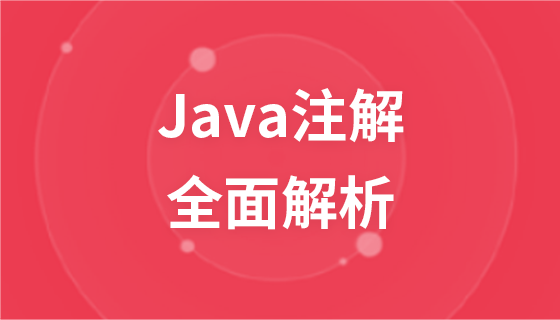
1、继承Thread类
public class ThreadCreator extends Thread{
public static void main(String[] args) {
//第一种方式:
ThreadCreator creator = new ThreadCreator();
Thread thread = new Thread(creator,"线程1");
thread.start();
//第二种方式:
Thread thread = new ThreadCreator();
thread.start();
//第三种方式:
new ThreadCreator().start();
}
@Override
public void run() {
System.out.println(Thread.currentThread().getName() + "run");
}
}2、实现Runnable接口
(免费学习视频教程分享:java视频教程)
public class ThreadCreator implements Runnable{
public static void main(String[] args) {
ThreadCreator creator = new ThreadCreator();
Thread thread = new Thread(creator,"线程1");
thread.start();
}
@Override
public void run() {
System.out.println(Thread.currentThread().getName() + "run");
}
}3、实现Callable接口
public class ThreadCreator implements Callable<Integer> {
public static void main(String[] args) throws ExecutionException, InterruptedException {
ThreadCreator creator = new ThreadCreator();
FutureTask futureTask = new FutureTask(creator);
Thread thread = new Thread(futureTask,"线程");
thread.start();
System.out.println(futureTask.get());
}
@Override
public Integer call() {
return 1024;
}
}4、线程池ExecutorService
public class ThreadCreator{
static ExecutorService service = Executors.newFixedThreadPool(5);
public static void main(String[] args) throws ExecutionException, InterruptedException {
//execute无返回值
service.execute(new ThreadTask(1,"1"));
//submit有返回值
Future<Integer> result = service.submit(new ThreadTaskCall());
System.out.println(result.get());
service.shutdownNow();
}
static class ThreadTask implements Runnable{
private int param1;
private String param2;
public ThreadTask(int param3,String param4){
this.param1 = param3;
this.param2 = param4;
}
@Override
public void run() {
System.out.println(param1+param2);
}
}
static class ThreadTaskCall implements Callable<Integer>{
@Override
public Integer call() throws Exception {
return 1024;
}
}
}线程池中submit和execute的区别:
(1)可接受的任务类型不一样:execute只能接受Runnable任务,submit还可以接受Callable任务。
(2)返回值:execute无返回值,任务一旦提交,无法在当前线程中监控执行结果。submit有一个Future类型的返回值,用来接收返回值或响应异常。通过get()方法获取。
submit底层还是调用的execute,只是在此基础上用future封装了一层,并将执行过程中产生的异常全部封装在一个变量中:
public void run() {
if (state != NEW ||
!UNSAFE.compareAndSwapObject(this, runnerOffset,
null, Thread.currentThread()))
return;
try {
Callable<V> c = callable;
if (c != null && state == NEW) {
V result;
boolean ran;
try {
result = c.call();
ran = true;
} catch (Throwable ex) {
result = null;
ran = false;
setException(ex);
}
if (ran)
set(result);
}
} finally {
runner = null;
int s = state;
if (s >= INTERRUPTING)
handlePossibleCancellationInterrupt(s);
}
}
protected void setException(Throwable t) {
if (UNSAFE.compareAndSwapInt(this, stateOffset, NEW, COMPLETING)) {
outcome = t;
UNSAFE.putOrderedInt(this, stateOffset, EXCEPTIONAL); // final state
finishCompletion();
}
}另外,spring中的schedule注解借鉴使用了submit的处理方式。
5、匿名内部类
public class ThreadCreator {
public static void main(String[] args) {
//继承Thread类
new Thread() {
@Override
public void run() {
System.out.println("extends Thread Class!");
}
}.start();
//实现Runnable接口
new Thread(new Runnable() {
@Override
public void run() {
System.out.println("implement Runnable!");
}
}).start();
//实现Callable接口
new Thread(new FutureTask<Integer>(new Callable() {
@Override
public Integer call() throws Exception {
return 1024;
}
})).start();
//lambda表达式
new Thread(() -> System.out.println("execute single code")).start();
new Thread(() -> {
System.out.println("execute multiple code");
}).start();
}
}lambda线程池:
public class ThreadCreator {
static ExecutorService service = Executors.newFixedThreadPool(5);
static List list = new ArrayList();
public static void main(String[] args) {
service.execute(() -> execute()); //无返回值
Future future = service.submit(() -> execute()); //有返回值
list.add(future);
}
public static void execute() {
//do something
}
}推荐相关文章教程:java快速入门
以上是关于java中创建线程的方式的总结的详细内容。更多信息请关注PHP中文网其他相关文章!



